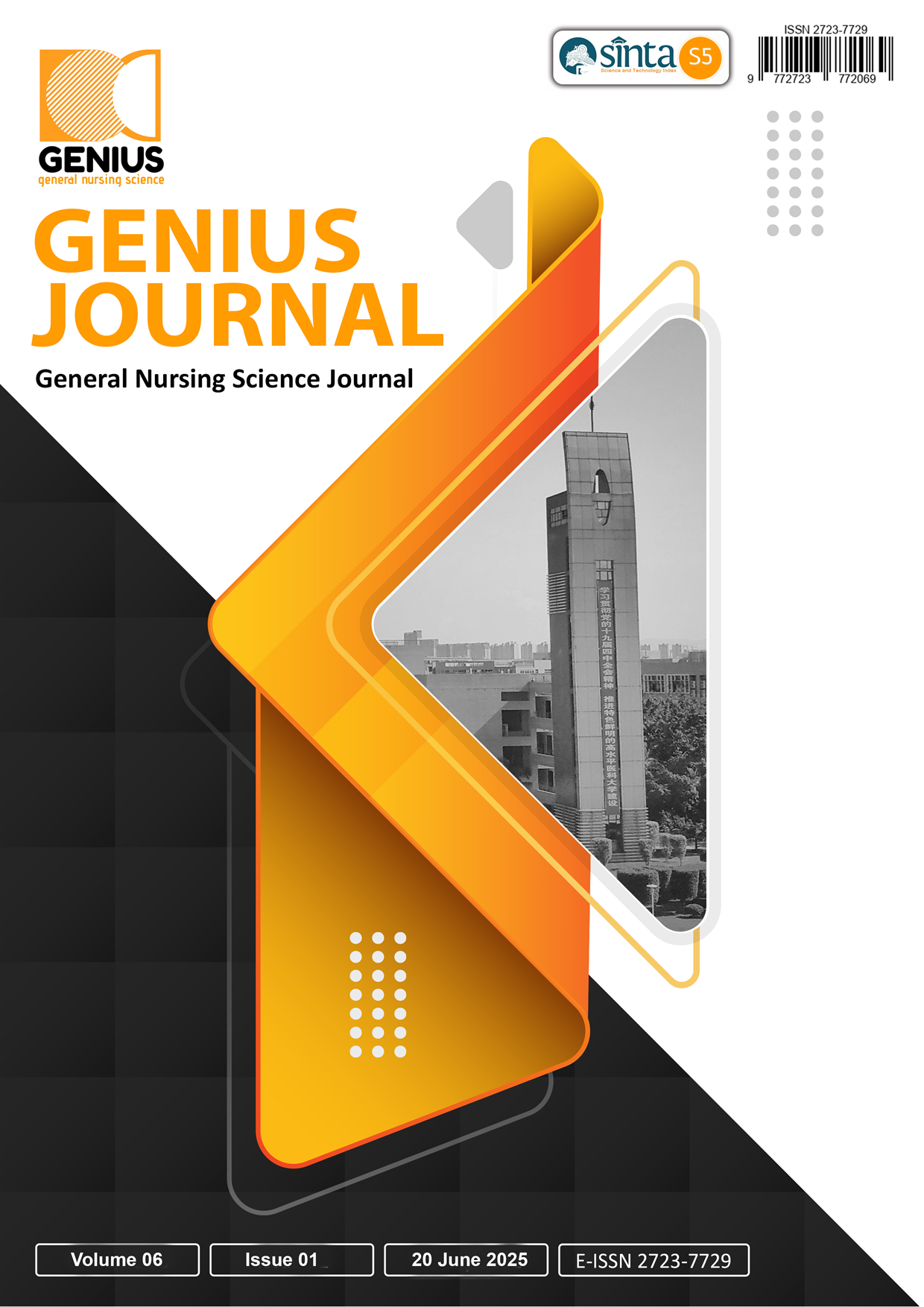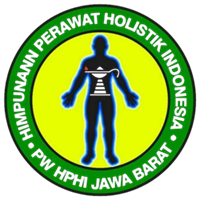The Impact of Snakes and Ladders on Motor and Cognitive Development in Children: A Systematic Literature Review
DOI:
https://doi.org/10.56359/gj.v6i1.529Keywords:
cognitive, motoric, snakes and ladders game, stimulationAbstract
Introduction: Educational games are instrumental in supporting early childhood development, particularly in enhancing motor and cognitive abilities. Snakes and Ladders is a commonly used game that promotes strategic thinking, coordination, and social interaction.
Objective: This study aims to systematically analyze and synthesize research findings related to the impact of Snakes and Ladders on children’s motor and cognitive development. Specifically, it evaluates outcomes in number comprehension, memory retention, strategic thinking, fine motor skills, and hand-eye coordination.
Methods: A systematic search was conducted in PubMed, ProQuest, Garuda, and JSTOR for studies published between 2020 and 2025. Eligible studies included children aged 4–6 years, utilized Snakes and Ladders as an intervention, and reported outcomes related to motor and cognitive development. Data extraction and quality assessment were independently performed by three reviewers using the PRISMA Flow Diagram and CAST Checklist.
Results: Six studies involving a total of 89 participants met the inclusion criteria. Findings indicate that Snakes and Ladders significantly improves both motor and cognitive outcomes in early childhood. Following two cycles of intervention, the proportion of children meeting motor development benchmarks increased from 37% to 86%. Cognitive development also improved, with average scores rising from 7.4 to 13 after four weeks. The percentage of children categorized as highly developed increased from 20% to 47%, and 72% achieved expected developmental milestones after six weeks.
Conclusion: The Snakes and Ladders game is an effective educational tool for enhancing motor and cognitive development in children aged 4–6 years. Integration of such games into early childhood education is recommended to support holistic development.
Downloads
References
Berland, G. K., Elliott, M. N., Morales, L. S., Algazy, J. I., Kravitz, R. L., Broder, M. S., Kanouse, D. E., Muñoz, J. A., Puyol, J. A., Lara, M., Watkins, K. E., Yang, H., & McGlynn, E. A. (2001). Health information on the internet: Accessibility, quality, and readability in English and Spanish. JAMA, 285(20). https://doi.org/10.1001/jama.285.20.2612
Colledge, A., Car, J., Donnelly, A., & Majeed, A. (2008). Health information for patients: Time to look beyond patient information leaflets. In Journal of the Royal Society of Medicine (Vol. 101, Issue 9). https://doi.org/10.1258/jrsm.2008.080149
Dhamcharee, V., Romyanan, O., & Ninlagarn, T. (2001). Genetic counseling for thalassemia in Thailand : Problems and solution. Southeast Asian Journal of Tropical Medicine and Public Health, 32(2).
Ebrahim, S., Raza, A. Z., Hussain, M., Khan, A., Kumari, L., Rasheed, R., Mahmood, S., Khatri, M. A., Bijoora, M., Zaheer, R., Sattar, N., Sohail, W., Zakir, H., Jafry, F. H., Memon,
A., Anwer, S., & Fatima, K. (2019). Knowledge and Beliefs Regarding Thalassemia in an Urban Population. Cureus. https://doi.org/10.7759/cureus.5268
Malik-Soni, N., Shaker, A., Luck, H., Mullin, A. E., Wiley, R. E., Lewis, M. E. S., Fuentes, J., & Frazier, T. W. (2022). Tackling healthcare access barriers for individuals with autism from diagnosis to adulthood. In Pediatric Research (Vol. 91, Issue 5). https://doi.org/10.1038/s41390-021-01465-y
Mbanda, N., Dada, S., Bastable, K., Ingalill, G. B., & Ralf W., S. (2021). A scoping review of the use of visual aids in health education materials for persons with low-literacy levels. In Patient Education and Counseling (Vol. 104, Issue 5). https://doi.org/10.1016/j.pec.2020.11.034
Mettananda, S., Pathiraja, H., Peiris, R., Bandara, D., De Silva, U., Mettananda, C., & Premawardhena, A. (2019). Health related quality of life among children with transfusion dependent β-thalassaemia major and haemoglobin e β-thalassaemia in Sri Lanka: A case control study. Health and Quality of Life Outcomes, 17(1). https://doi.org/10.1186/s12955-019-1207-9
Minutolo, A., Damiano, E., De Pietro, G., Fujita, H., & Esposito, M. (2022). A conversational agent for querying Italian Patient Information Leaflets and improving health literacy. Computers in Biology and Medicine, 141. https://doi.org/10.1016/j.compbiomed.2021.105004
N. Mubarokah, K. (2019). Health Literacy and Health Behavior in the Rural Areas. KnE Life Sciences, 4(10). https://doi.org/10.18502/kls.v4i10.3702
Natasya Nazla Prasetyo, Keren Stelin Maliangkay, Putri Andini Novianti, Risma Pertiwi, & Sarah Rania Annisa. (2023). Health Accessibility In Rural Areas For The Elderly In Indonesia. Jurnal Rumpun Ilmu Kesehatan, 3(2). https://doi.org/10.55606/jrik.v3i2.1716
Pander Maat, H., & Lentz, L. (2010). Improving the usability of patient information leaflets. Patient Education and Counseling, 80(1). https://doi.org/10.1016/j.pec.2009.09.030
Park, J., & Zuniga, J. (2016). Effectiveness of using picture-based health education for people with low health literacy: An integrative review. Cogent Medicine, 3(1). https://doi.org/10.1080/2331205x.2016.1264679
Rahmah, R., & Makiyah, S. N. N. (2022). Quality Of Life of Children with Thalassemia in Indonesia: Review. IJNP (Indonesian Journal of Nursing Practices), 6(1). https://doi.org/10.18196/ijnp.v6i1.10477
Saffi, M., & Howard, N. (2015). Exploring the Effectiveness of Mandatory Premarital Screening and Genetic Counselling Programmes for β-Thalassaemia in the Middle East: A Scoping Review. In Public Health Genomics (Vol. 18, Issue 4). https://doi.org/10.1159/000430837
Setiawan, H., Ediati, A., & Winarni, T. I. (2018). Genetic Counseling to Reduce the Level of Depression in Parents of Children with Thalassemia Major. https://doi.org/10.5220/0007055801020106
Setiawan, H., Firmansyah, A., & Richard, S. D. (2023). The role of nurses to control beta thalassemia disease in Indonesia: A perspective. Journal of Taibah University Medical Sciences, 18(5). https://doi.org/10.1016/j.jtumed.2023.02.007
Setiawan, H., Sandi, Y. D. L., Andarini, E., Kurniawan, R., Richard, S. D., & Ariyanto, H. (2021). The effect of genetic counseling on depression, anxiety, and knowledge level
among diabetes mellitus patients. Kontakt, 23(4). https://doi.org/10.32725/kont.2021.035
Setiawan, H., Setiawan, D., Suhanda, S., & Mustopa, A. H. (2021). Development of Android-based Mobile Application “Cyber Gen” for Genetic Counselling Implementation among Thalassemia Patients. In Journal of Physics: Conference Series (Vol. 2111, Issue 1). https://doi.org/10.1088/1742-6596/2111/1/012037
Setiawan, H., Suhanda, S., & Setiawan, D. (2022). Coaching Clinic as a Strategy to Improve Knowledge and Competence of Nurses in Providing Genetic Counseling Interventions among Thalassemia Patients. International Journal of Community Based Nursing and Midwifery, 10(1), 84–85. https://doi.org/10.30476/IJCBNM.2021.92764.1883
Sørensen, K., Van Den Broucke, S., Fullam, J., Doyle, G., Pelikan, J., Slonska, Z., & Brand, H. (2012). Health literacy and public health: A systematic review and integration of definitions and models. In BMC Public Health (Vol. 12, Issue 1). https://doi.org/10.1186/1471-2458-12-80
Wenang, S., Schaefers, J., Afdal, A., Gufron, A., Geyer, S., Dewanto, I., & Haier, J. (2021). Availability and Accessibility of Primary Care for the Remote, Rural, and Poor Population of Indonesia. Frontiers in Public Health, 9. https://doi.org/10.3389/fpubh.2021.721886
Downloads
Published
How to Cite
Issue
Section
License
Copyright (c) 2025 Kevin Septia Pradiansyah, Dika Rhousnaka , Aqshal Ilham Fahliza, Heni Marliany, Ima Sukmawati, Yuyun Rahayu

This work is licensed under a Creative Commons Attribution 4.0 International License.





















